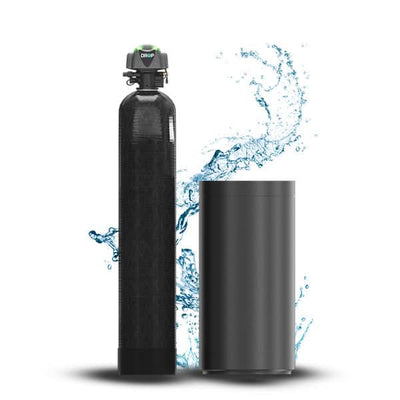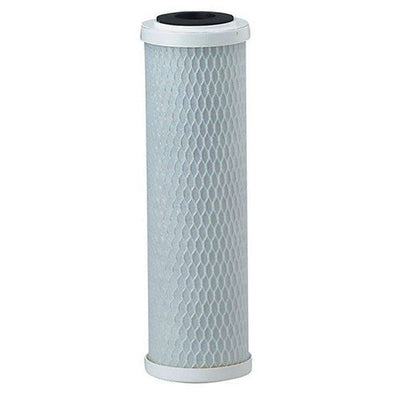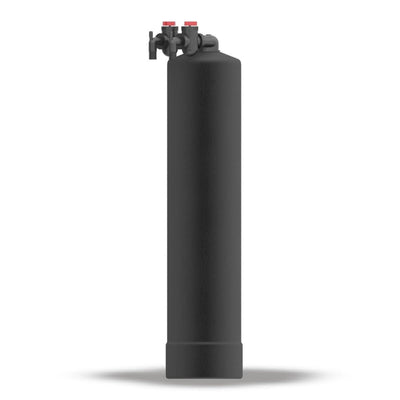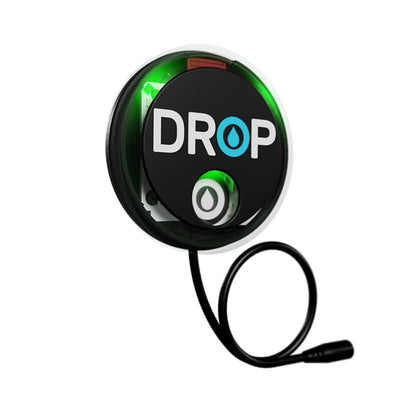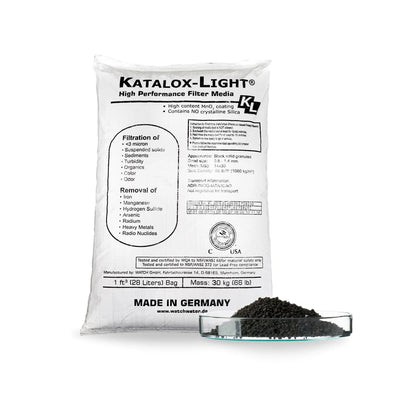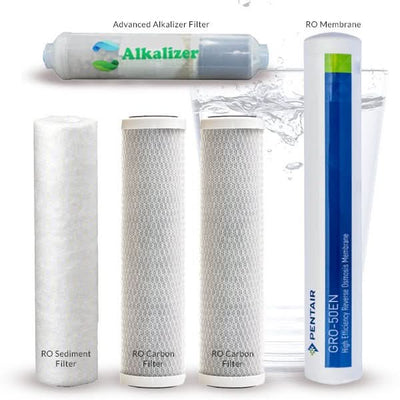Understanding Fluoride in Water
Fluoride's one of those things you hear about, but do you really know what's going on with it in your tap? It pops up naturally all over the place and folks have a lot to say when it settles into our drinking water.
As folks responsible for what gets poured into our families' cups, it's on us to get a grip on why fluoride matters and what happens if there's too much in the mix.
Keeping Fluoride in Check

You see, fluoride didn't just invite itself to the party. It's purposefully added to water supplies by many communities to ward off those pesky cavities.
The U.S. Public Health Service is all about that perfect sweet spot — 0.7 mg/L. That's their Goldilocks zone where teeth are happy, but funky white spots (a.k.a. dental fluorosis) don't stand a chance.
So, the World Health Organization decides to throw a cap on things at 1.5 mg/L, but here's where it gets twisty: different places tweak the rules based on their own local flair.
Typically, in the States, water treatment plants aim for 1.5 - 2.5 mg/L to keep your chompers in check, though the EPA draws the line at a hard 4.0 mg/L, saying, "That's enough!".
| Regulation Authority | Recommended Fluoride Level (mg/L) |
|---|---|
| U.S. Public Health Service (PHS) | 0.7 |
| World Health Organization (WHO) | 1.5 (upper limit) |
| EPA Maximum Contaminant Level (MCL) | 4.0 |
When Fluoride Goes Overboard

Now, here's where things get dicey: too much fluoride's like that awkward dinner guest who overstays their welcome. Dental problems show up first, with teeth sporting their splotchy costumes.
But it gets worse. If fluoride decides to set up camp long-term, we're talking potential bone betrayals and other unsavory fallout that might just make arthritis and joint ouchies seem like a cakewalk (PubMed).
There's also chatter about it cramping the lives of kids, possibly leading to sprinkles of ADHD. And that's not all; in those "only-in-your-nightmare" amounts, it could throw your heart, blood flow, liver, and team vital organs for a loop. Keeping a hawk’s eye on fluoride levels in our aqua is crucial to nip health headaches in the bud.
| Health Impact | Description |
|---|---|
| Dental Fluorosis | Messes with teeth color and shine |
| Skeletal Fluorosis | Bone issues that could make you growl |
| Arthritis | Ouchy joints and struggles |
| ADHD Woes | Worse for kids getting too much fluoride |
| Organ Misfits | Heart, liver, and friends could be affected |
Being savvy about the ins and outs of fluoride arms us with the know-how to tackle home water treatment and filtration with confidence. It’s up to us to stay sharp, keep our water in check, and maybe show fluoride who's boss in our household.
Methods for Fluoride Removal
We have a few solid tricks up our sleeve when it comes to ditching fluoride from our household's water. Let's break down two of the big ones: reverse osmosis and adsorption with ion-exchange.
Reverse Osmosis Technology
Reverse osmosis (RO) is a star player in kicking fluoride out of our water. When we look at ways to freshen up our home water, RO systems really shine. They work like magic, using a special filter that snags not just fluoride, but also bacteria and pesky forever chemicals.
One of the best things about reverse osmosis? It’s crazy good at wiping out junk. RO systems seriously cut down fluoride levels, which is a big deal since too much fluoride can mess with our teeth and bones, making them stained or brittle.
| Contaminant Removed | Removal Rate (%) |
|---|---|
| Fluoride | 90-95 |
| Bacteria | 99.99 |
| Chlorine | 95-98 |
| Sediments | 99 |
Adsorption and Ion-Exchange

Although reverse osmosis gets a lot of love for flushin’ out fluoride, other methods like adsorption and ion-exchange are also pretty handy, especially in places where fancy tech might be priced out of reach. In some parts of the world like India, Senegal, Tanzania, and Kenya, these methods are go-tos (PubMed).
Adsorption is a bit like using a magnet. You’ve got stuff like activated alumina or carbon that wants to hang onto fluoride ions. It’s effective, but you gotta switch out the media when it gets tired.
Then there's ion-exchange. It's all about swapping fluoride ions in your water with less annoying ones like hydroxide. This can also help bring down those pesky fluoride levels.
| Method | Key Feature |
|---|---|
| Adsorption | Uses materials to snag fluoride ions |
| Ion-Exchange | Swaps fluoride ions for friendlier ones |
Both adsorption and ion-exchange are solid backup plans for getting fluoride out of our water, especially if we’re pinching pennies. With these options, we're on track to make our sips safer and keep our homes healthy.
Considerations for Home Filtration

Picking the right water filter at home for scrubbing out fluoride starts with knowing what counts as "just right" fluoride levels and picking the best filter for our needs.
Optimal Fluoride Levels
We've got to know the sweet spot for fluoride in our tap water. The U.S. Public Health Service says stick around 0.7 mg/L to keep our teeth grin-worthy without risking those white spots from too much fluoride.
The World Health Organization gives us a bit of wiggle room, suggesting between 1 and 1.5 ppm. Going above that can mess up our pearly whites, and falling short may leave our teeth unprotected (CDC - Community Water Fluoridation Recommendations; NCBI).
Here's a handy table for those fluoride guidelines:
| Source | Ideal Fluoride Level (mg/L) |
|---|---|
| U.S. Public Health Service | 0.7 |
| World Health Organization | 1 - 1.5 |


















![Aldex Premium 10% Cross Link Resin for Water Softener [High Capacity]-SoftPro® Water Systems](http://www.softprowatersystems.com/cdn/shop/files/Aldex_10_Cross_Link_Resin_Premium_High_Capacity_for_Water_Softener_600x.jpg?v=1735853599)








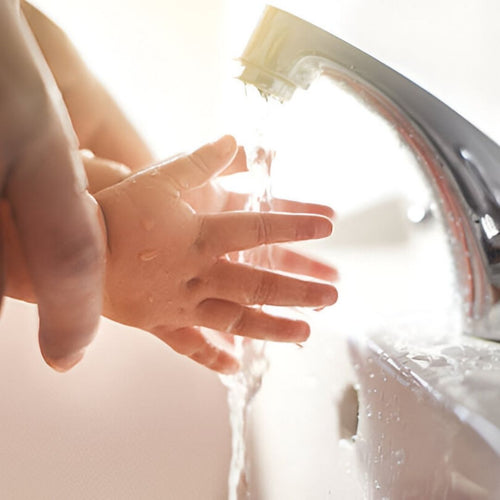
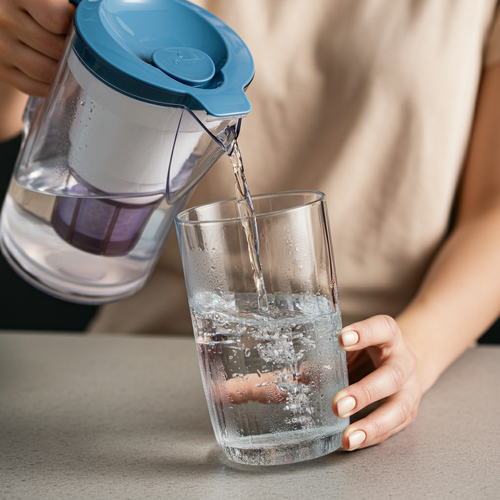
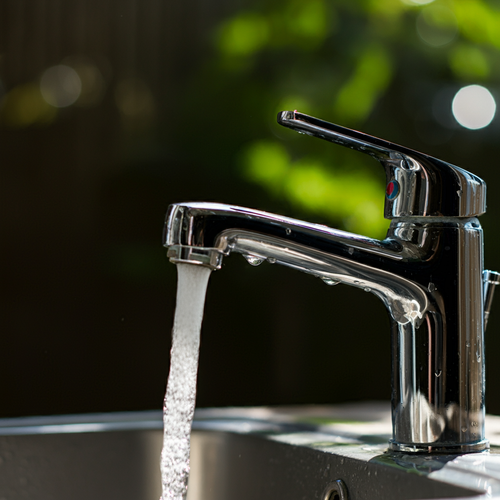















![SoftPro® Elite Salt Free Water Conditioner [CITY WATER]](http://www.softprowatersystems.com/cdn/shop/products/softpro-elite-salt-free-water-softener-saltless-no-salt-conditioner-lifetime-warranty-808319_320x.jpg?v=1734470019)
